Photo Comparison Vaonis Vespera Pro versus Sky-Watcher Evoguide 50ED with ZWO ASI676
Introduction | Photos: Comparison Vaonis Vespera Pro versus Sky-Watcher Evoguide 50ED with ZWO ASI676 | First Conclusions | Links
On this page I compare photos of the same DSOs, which I took with my Vaonis Vespera Pro and my star friend Oliver with a combination of SkyWatcher EvoGuide 50ED and ZWO ASI676. However, a comparison of the photos is only possible to a very limited extent because the photos were taken under very different conditions. More about this in the introduction!
See also page Photo Comparison Vaonis Vespera Pro versus Sky-Watcher Evoguide 50ED with ZWO ASI676 - Part 2
Introduction
A comparison of the Vespera Pro with the ZWO ASI676 is interesting because both use the same Sony IMX676 sensor. If you then use the SkyWatcher EvoGuide 50ED as a telescope, as my starfriend does, you have almost identical technical conditions:
- SkyWatcher EvoGuide 50ED: 242 mm focal length, f/4.8 (3532 x 3532 pixels, pixel size 2 µm)
- Vaonis Vespera Pro: 250 mm focal length, f/5 (3536 x 3536 pixels, pixel size 2 µm)
Comparison of FOVs:
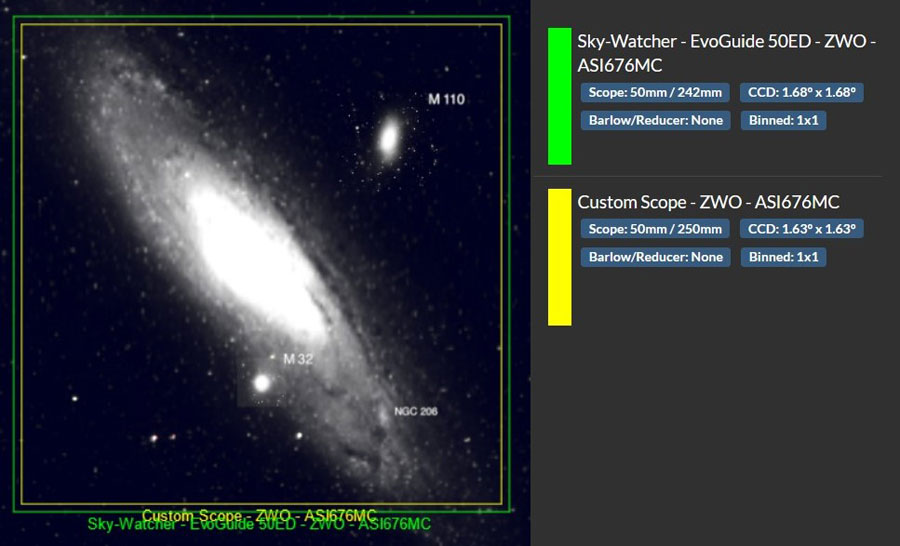
The Evoguide 50ED with ASI676 and the Vespera Pro have nearly identical FOVs; Vespera Pro in yellow (Custom Scope)
However, a true comparison would require the photos to be made under similar conditions. But that is not the case here at all! My star friend is following the EAA route and uses total exposure times between about 5 and 10 minutes; he also uses no filters or different filters than I do. For the Vespera Pro, on the other hand, I use the Vaonis filters, which were specially developed for the Vespera series. I also expose the objects much longer, often for hours, at least if they are nebulae (and a filter is used).
Last but not least , it is also not possible to create a pixel correspondence for all the photos, because the photos of my star friend are partially scaled. Also note that all photos are cropped.
Photos: Comparison Vaonis Vespera Pro versus Sky-Watcher Evoguide 50ED with ZWO ASI676
Most of the ZWO ASI676 / EvoGuide 50ED photos were taken in early September 2024, the photo of M 31 in October 2024. The Vaonis Vespera Pro photos were taken between the end of June and the end of August 2024.
Vaonis Vespera Pro |
ZWO ASI676 / EvoGuide 50ED |
|
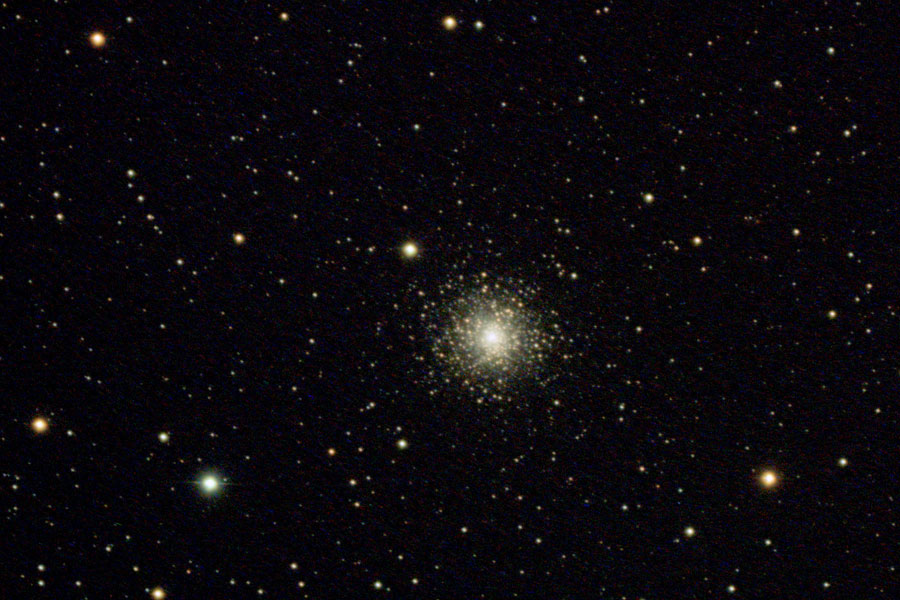 |
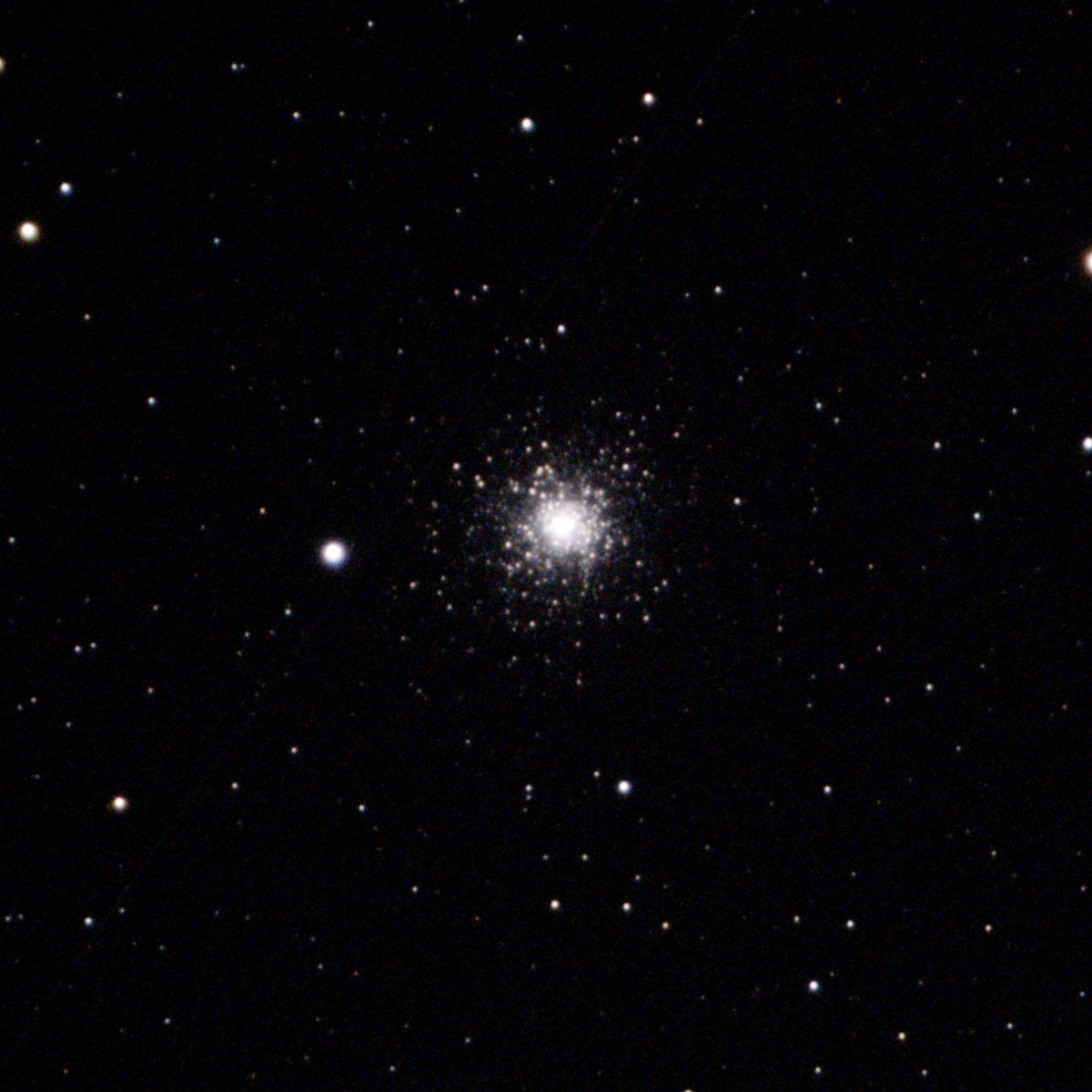 |
|
M 15 - Aug 5, 2024 - 1800 (92 frames = 920s), processed (Siril, AP) |
M 15, 15 F, 300s (5 min) |
|
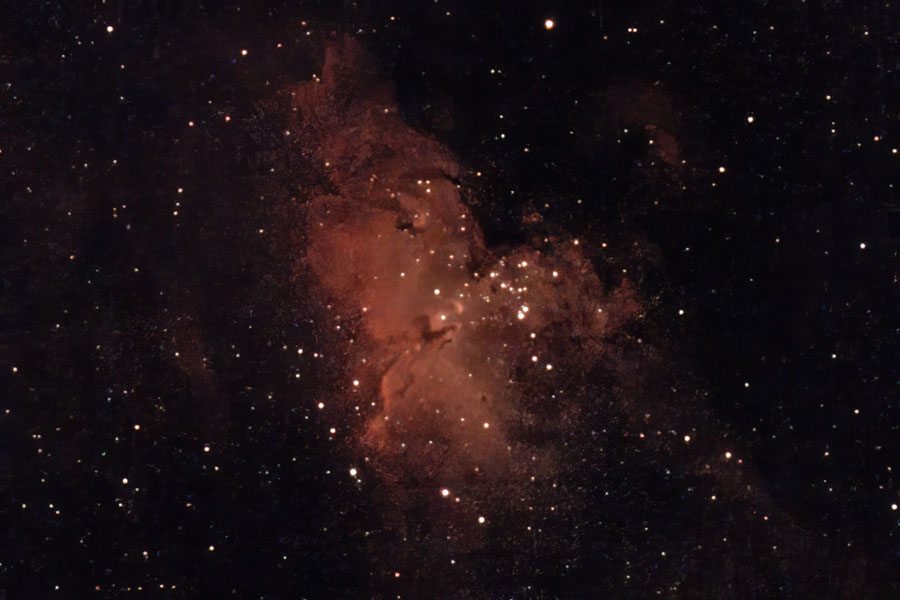 |
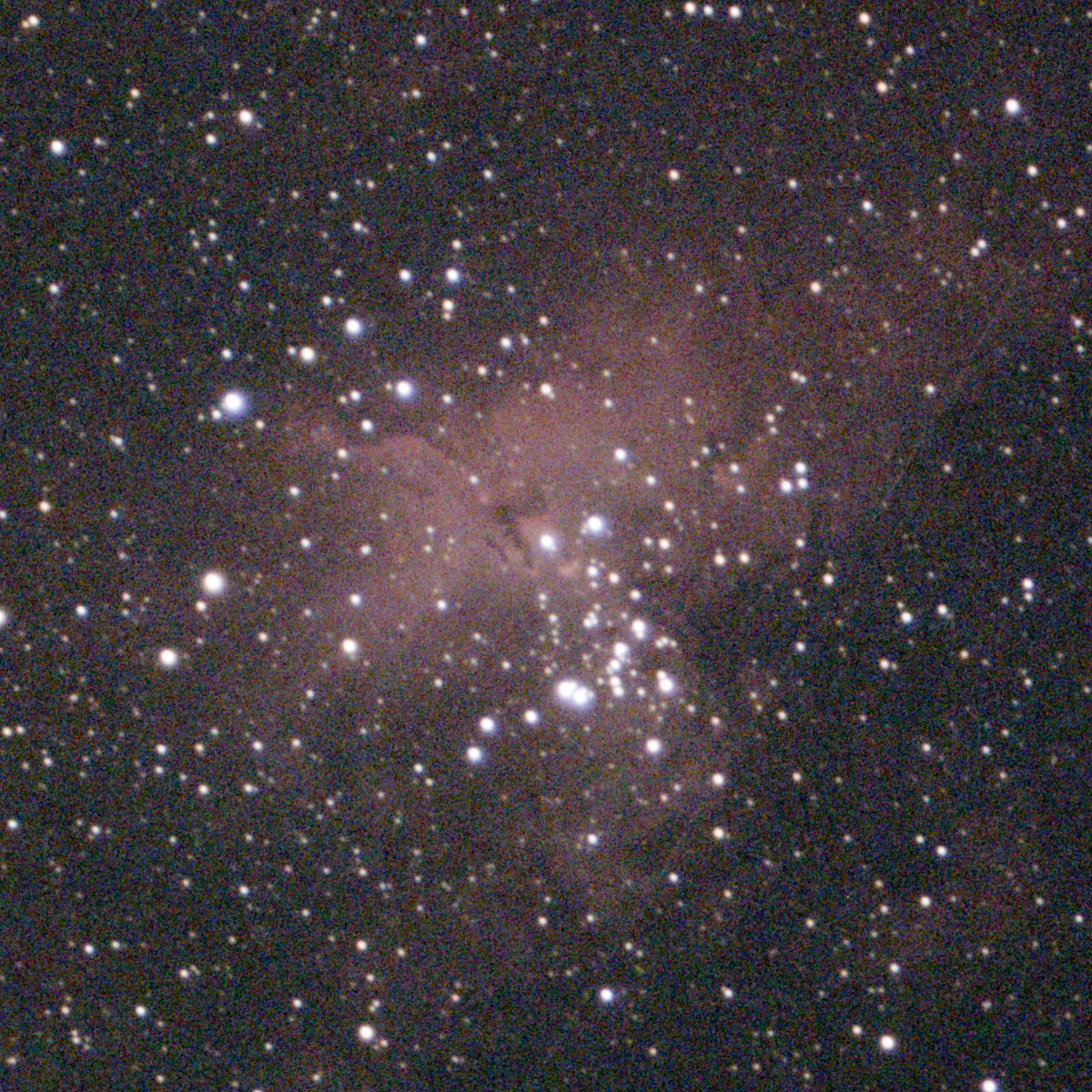 |
|
M 16, Aug 10, 2024 - 1800 (129 Frames = 1290s), 1:1 section, Dual Band Filter, processed (PSE) and denoised (DN) |
M 16, 25 F, 500s (8:20 min) |
|
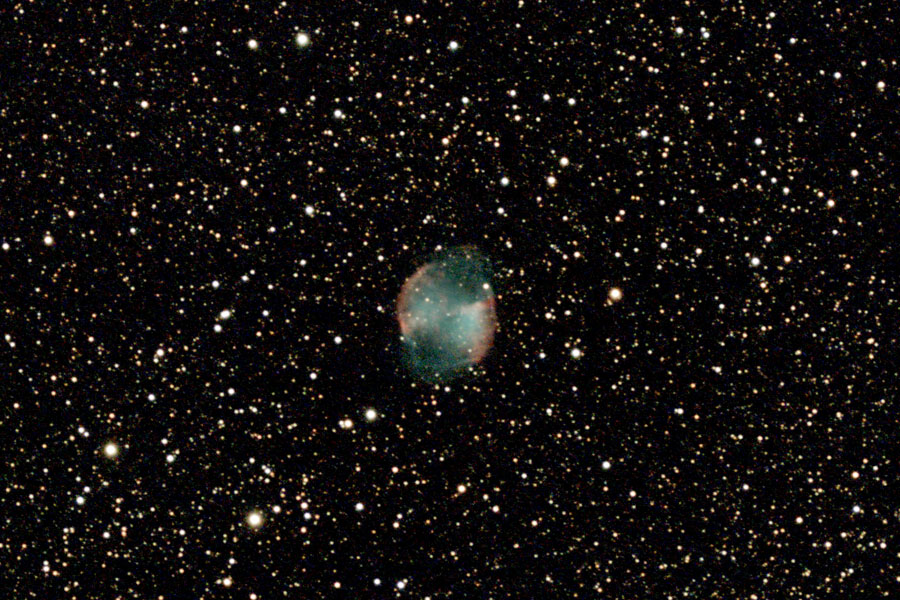 |
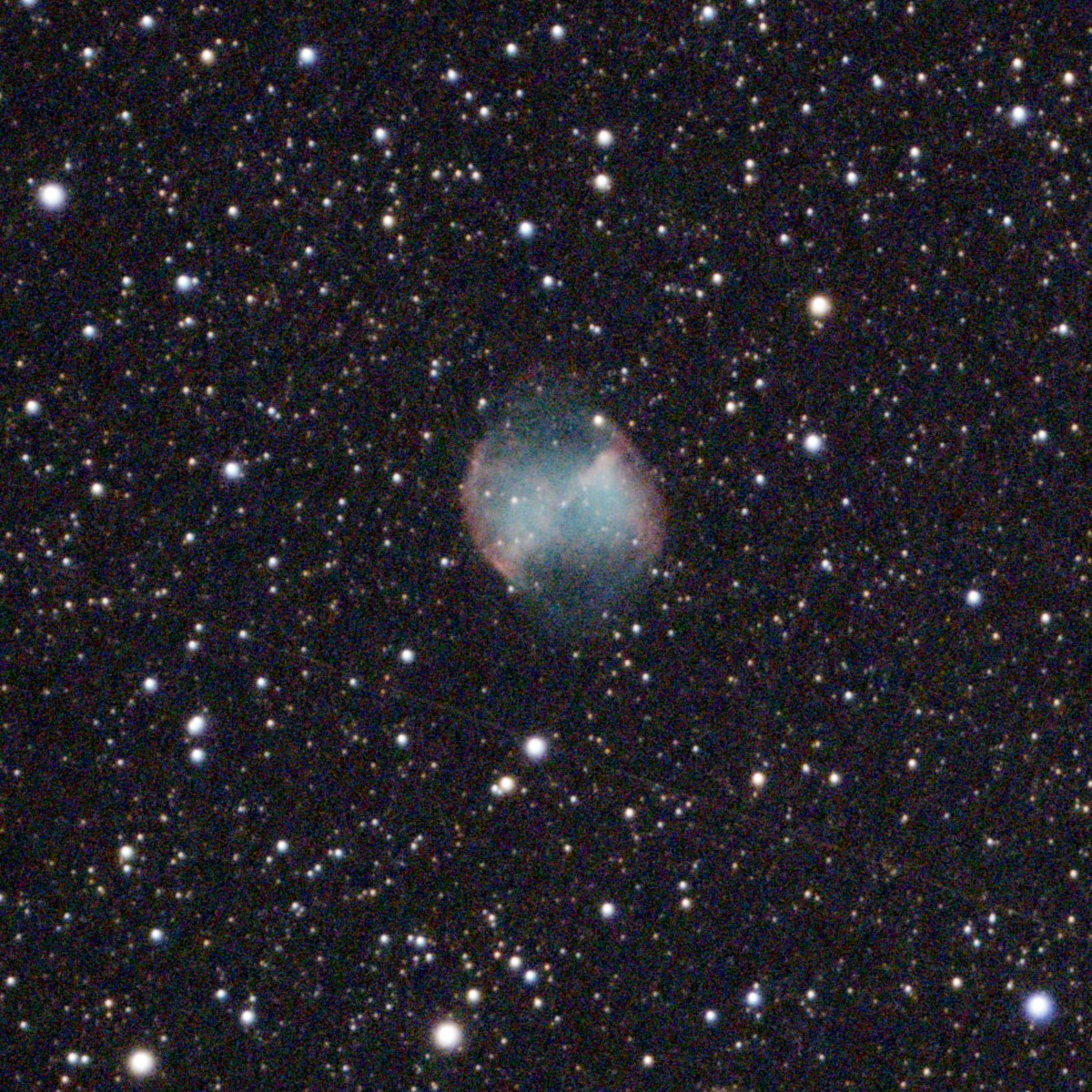 |
|
M 27, Jun 25, 2024 - 1800 (120 frames = 1200s), 1:1 section, processed |
M 27, 24 F, 480s (8 min) |
|
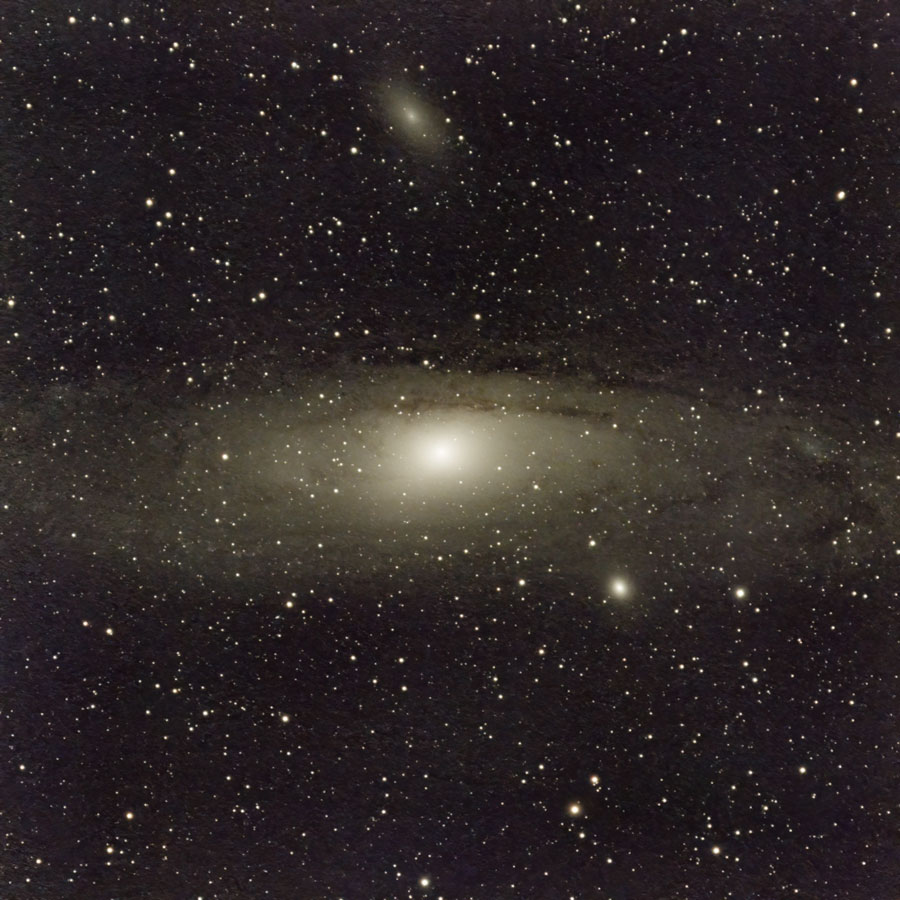 |
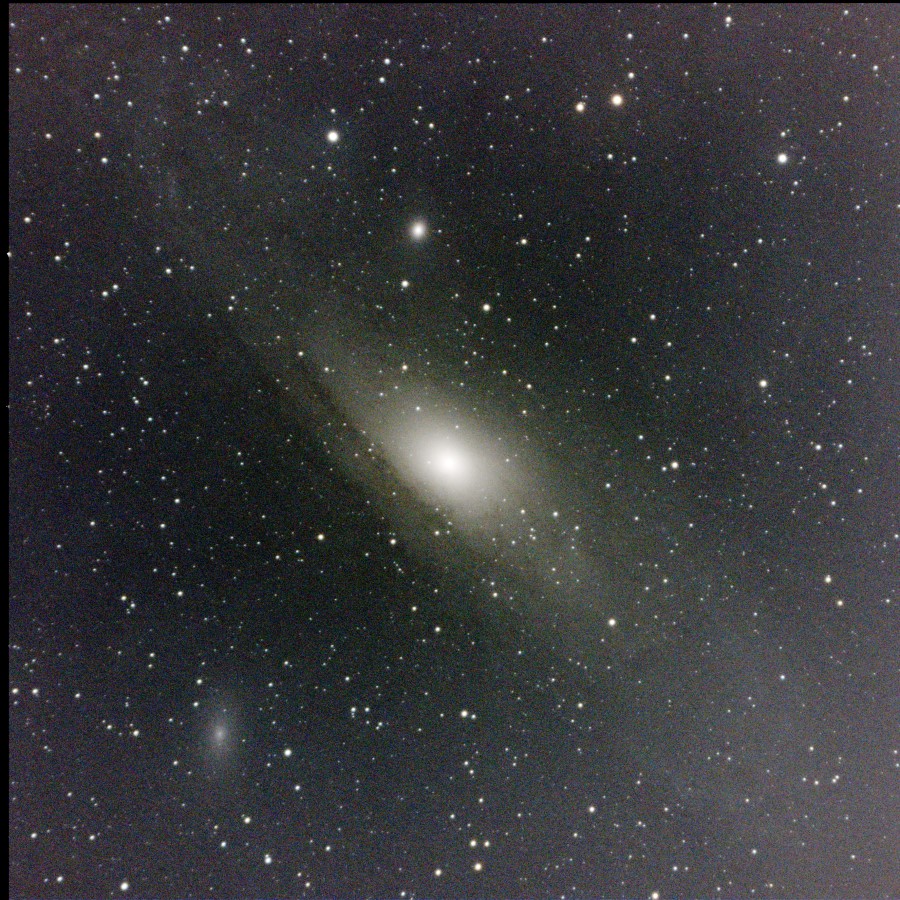 |
|
M 31/32/110, Aug 24, 2024 - 2000 (181 frames = 1810s), processed (TIFF) and denoised (DN) |
M 31, Oct 20, 2024, 15 F, 480s (8 min) |
|
 |
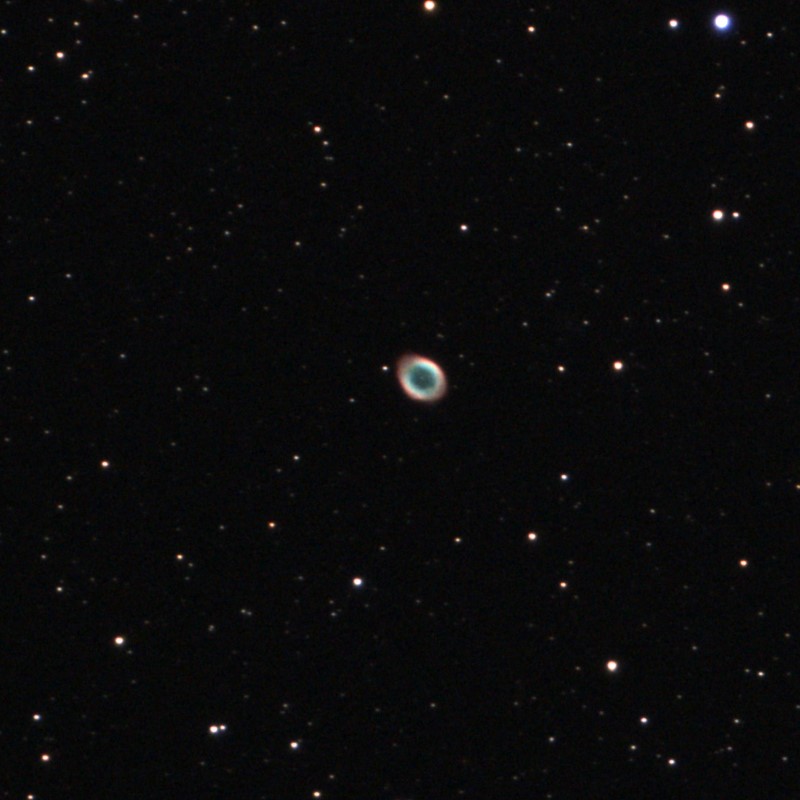 |
|
M 57 - Jul 8, 2024, 1800p (60 frames = 600s), processed |
M 57, 7 F, 280s (4:40 min) |
|
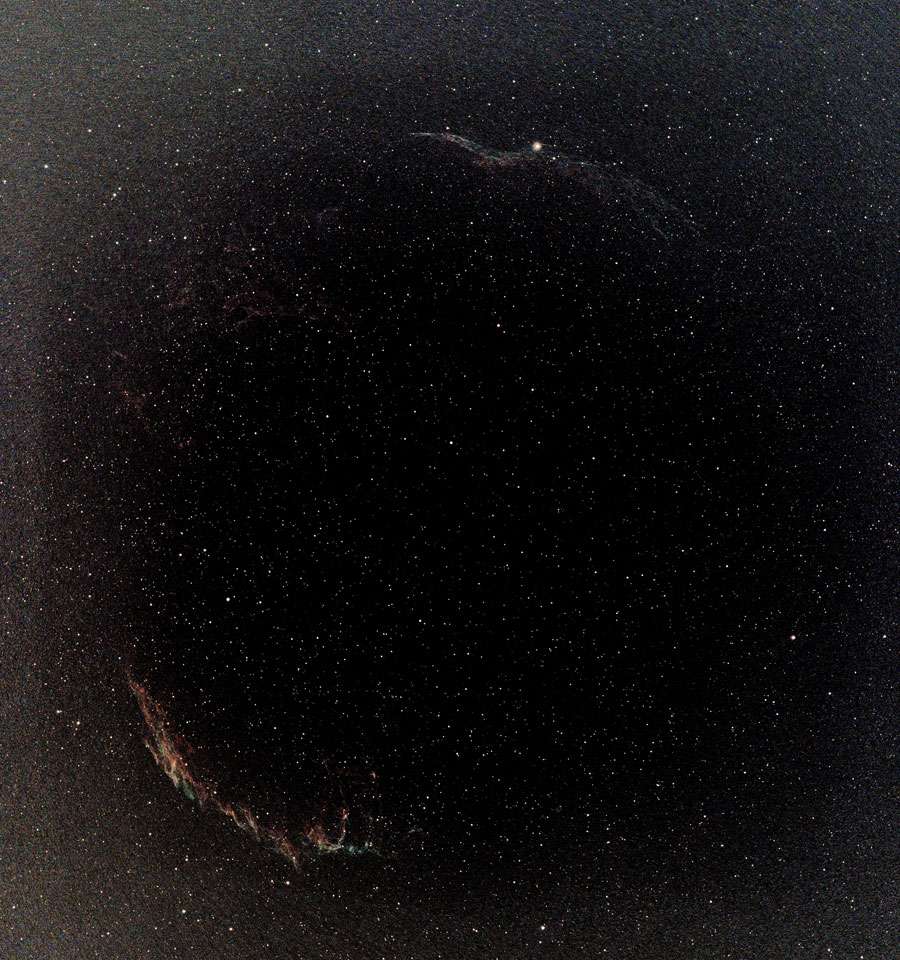 |
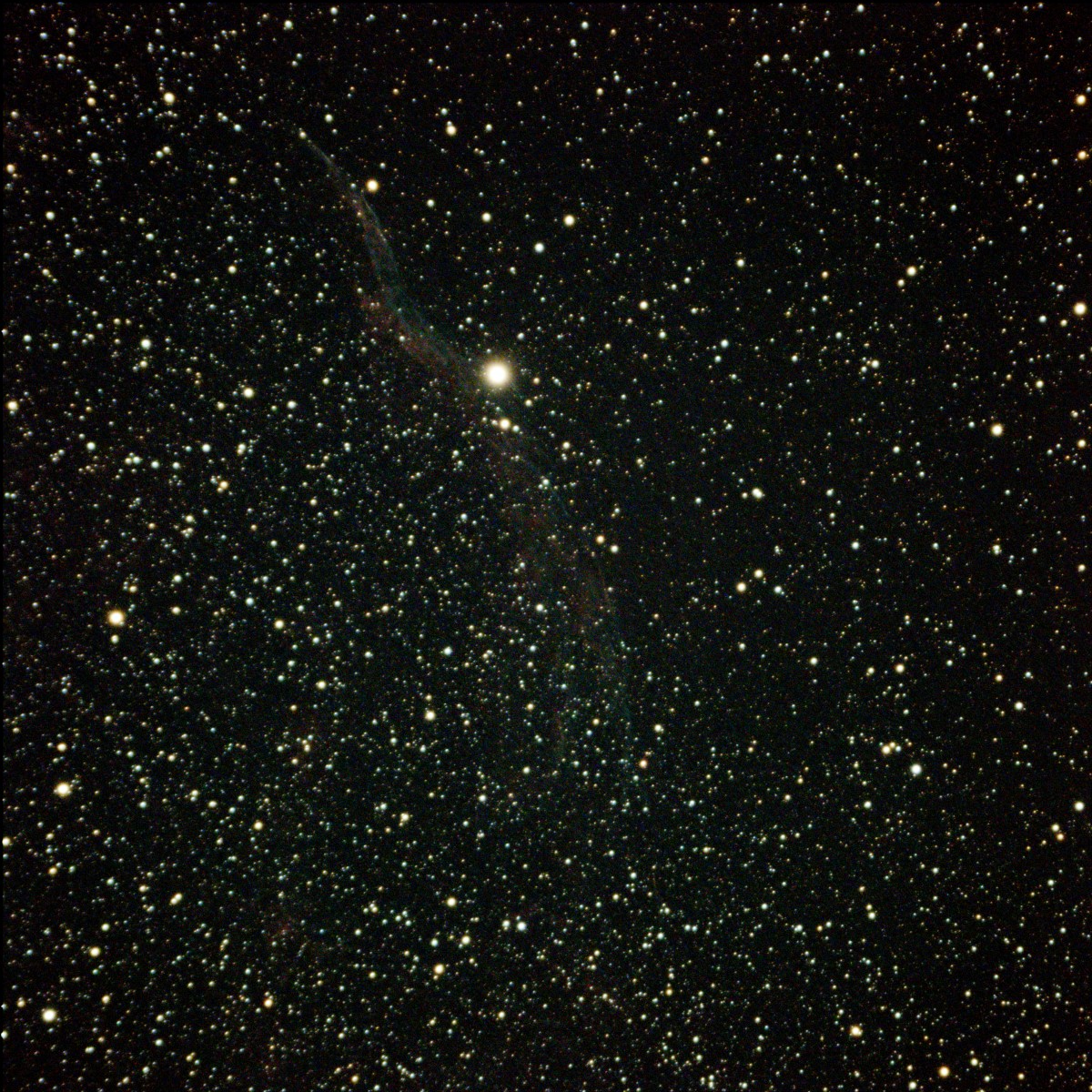 |
|
NGC 6960 and 6992/5, Aug 25, 2024 - 2000 (394 frames = 3940s), processed |
NGC 6960, 18 F, 540s (9 min) |
|
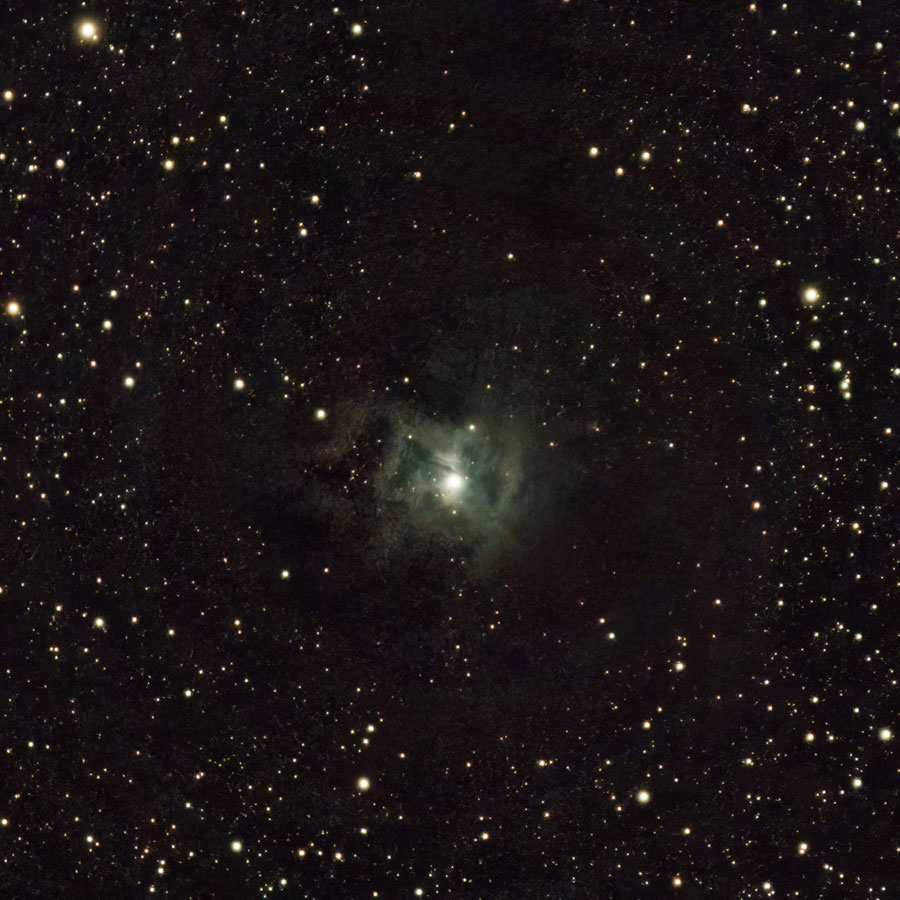 |
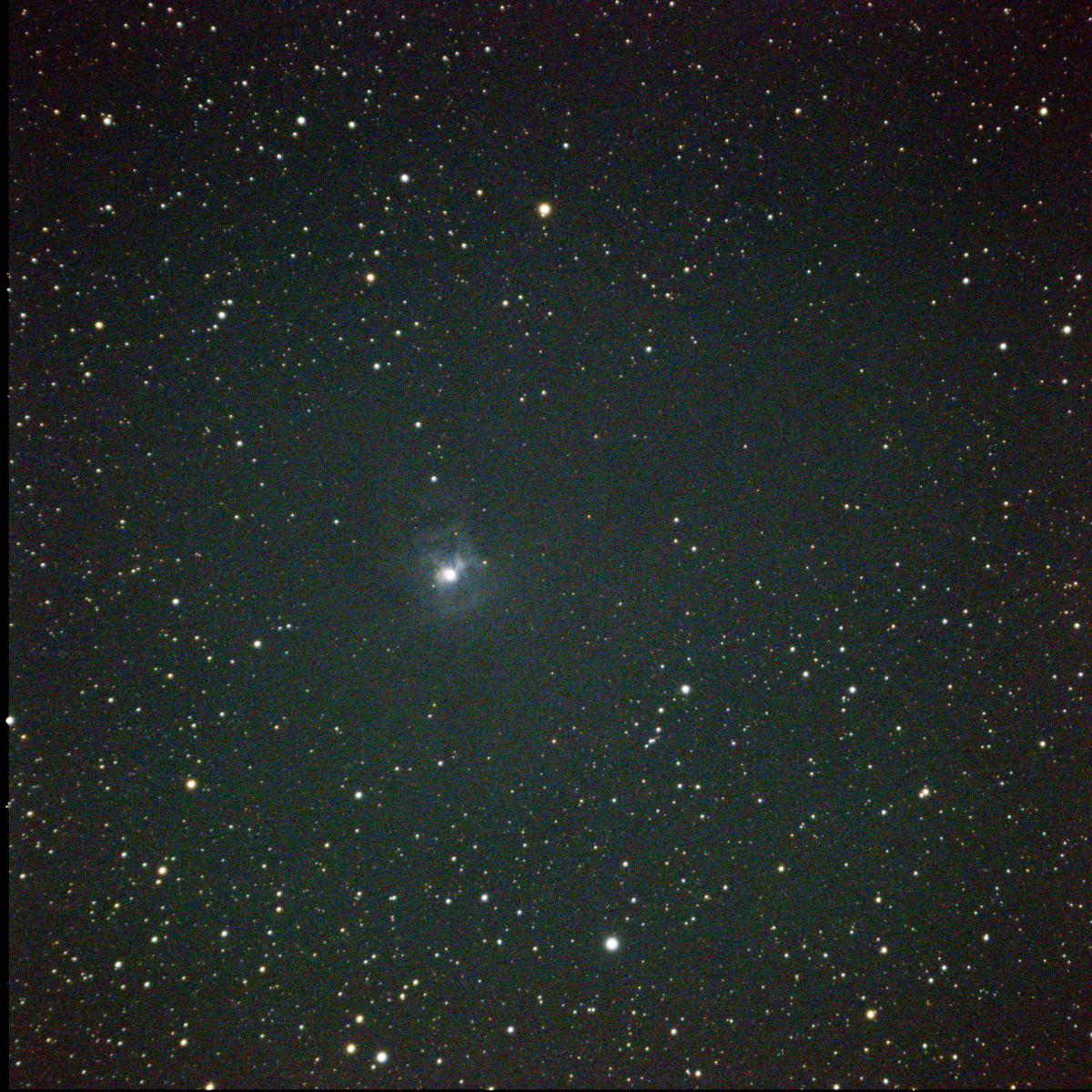 |
|
NGC 7023, Aug 28, 2024 - 1800p (621 frames = 1:45h), section, processed and denoised (DN) |
NGC 7023, 13 F, 390s (6:30 min) |
First Conclusions
The photos shown are absolutely not comparable! Of course, it is not surprising if Vespera Pro photos taken with a much longer exposure times look better than those taken with the ASI676 with a short exposure time. On the other hand, it is amazing what you can already see with the short exposure times of the ASI676.
In order to have photos at our disposal than are more comparable, a small photo project was started but stopped unfinished. For details, see page Photo Comparison Vaonis Vespera Pro versus Sky-Watcher Evoguide 50ED with ZWO ASI676 - Part 2.
Links
- Vaonis: vaonis.com/fr/ (FR), vaonis.com (EN)
- See also my page offering Astronomy Links.
| 25.04.2025 |